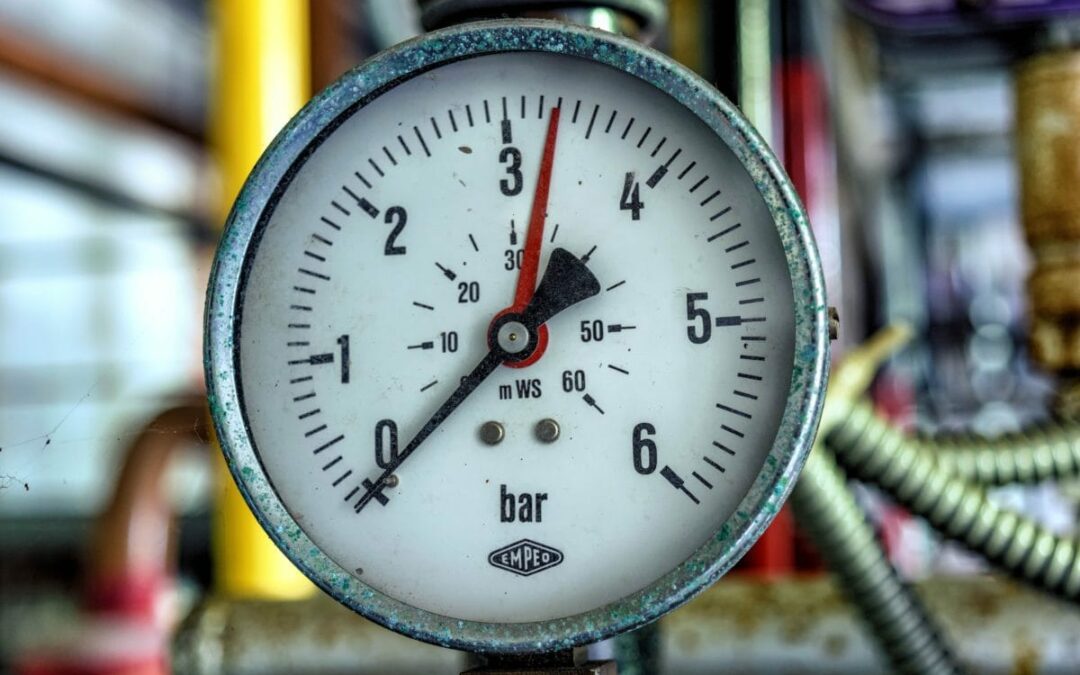 We have all been there before; you step into the shower, expecting a steady supply of hot water, but instead you are met with an inadequate stream of water that leaves you disappointed and shivering. That is just one of the inconveniences that low water pressure can cause. At Shiloh Water Systems, we know all there is to know about water systems, and we have been installing whole house water filters in Oregon for more than a decade. We have written this guide to help you diagnose water pressure problems in your home.
We have all been there before; you step into the shower, expecting a steady supply of hot water, but instead you are met with an inadequate stream of water that leaves you disappointed and shivering. That is just one of the inconveniences that low water pressure can cause. At Shiloh Water Systems, we know all there is to know about water systems, and we have been installing whole house water filters in Oregon for more than a decade. We have written this guide to help you diagnose water pressure problems in your home.
The first you thing you should do if you have low water pressure is determine if it is an isolated problem. If it is only low at one faucet, then it is probably a problem with the faucet itself. If that’s the case, remove the end of the faucet and see if the pressure improves. If it does, then it is probably a clogged aerator that is causing the problem.
Another thing you should check is if you only have low water pressure when using hot water. If so, then it is probably a water heater issue. Check the shutoff valve on your water heater to make sure it is not slightly closed. If it’s not a shutoff valve problem, then it could indicate that the pipes going into your water heater are clogged.

Almost every home has a water pressure regulator. They are responsible for reducing the pressure of water coming from the main water line into your home. They are usually located where the main line enters your home, just after the shutoff valve. Eventually your pressure regulator will go bad, and when that happens your home’s water pressure becomes very unpredictable.
If you have checked all of these things and have determined they are not the cause of your home’s low water pressure, it could be a sign that you need new plumbing. Old pipes can clog up with mineral deposits, and clogged pipes equals lower water pressure.
So, the next time you are unsatisfied with your water pressure, check these different things in your home; you might just find a quick and simple solution to the problem.
